Grow Broccoli at Home? Absolutely! Imagine stepping into your backyard and harvesting fresh, vibrant broccoli heads, ready to be steamed, roasted, or tossed into a delicious salad. It’s not just a dream; it’s an achievable reality with a few simple tricks and DIY techniques. For centuries, broccoli has been a nutritional powerhouse, enjoyed by cultures around the world, from its origins in ancient Rome to its modern-day popularity as a superfood.
But let’s be honest, buying broccoli from the store can sometimes be disappointing. It might not be as fresh as you’d like, or it could be loaded with pesticides. That’s where the magic of home gardening comes in! I’m here to show you how to grow broccoli at home, even if you have limited space or gardening experience.
This DIY guide is packed with easy-to-follow steps and insider tips to help you cultivate thriving broccoli plants. We’ll cover everything from choosing the right seeds and preparing your soil to protecting your precious crop from pests and diseases. Get ready to ditch the grocery store broccoli and enjoy the satisfaction of harvesting your own homegrown goodness!
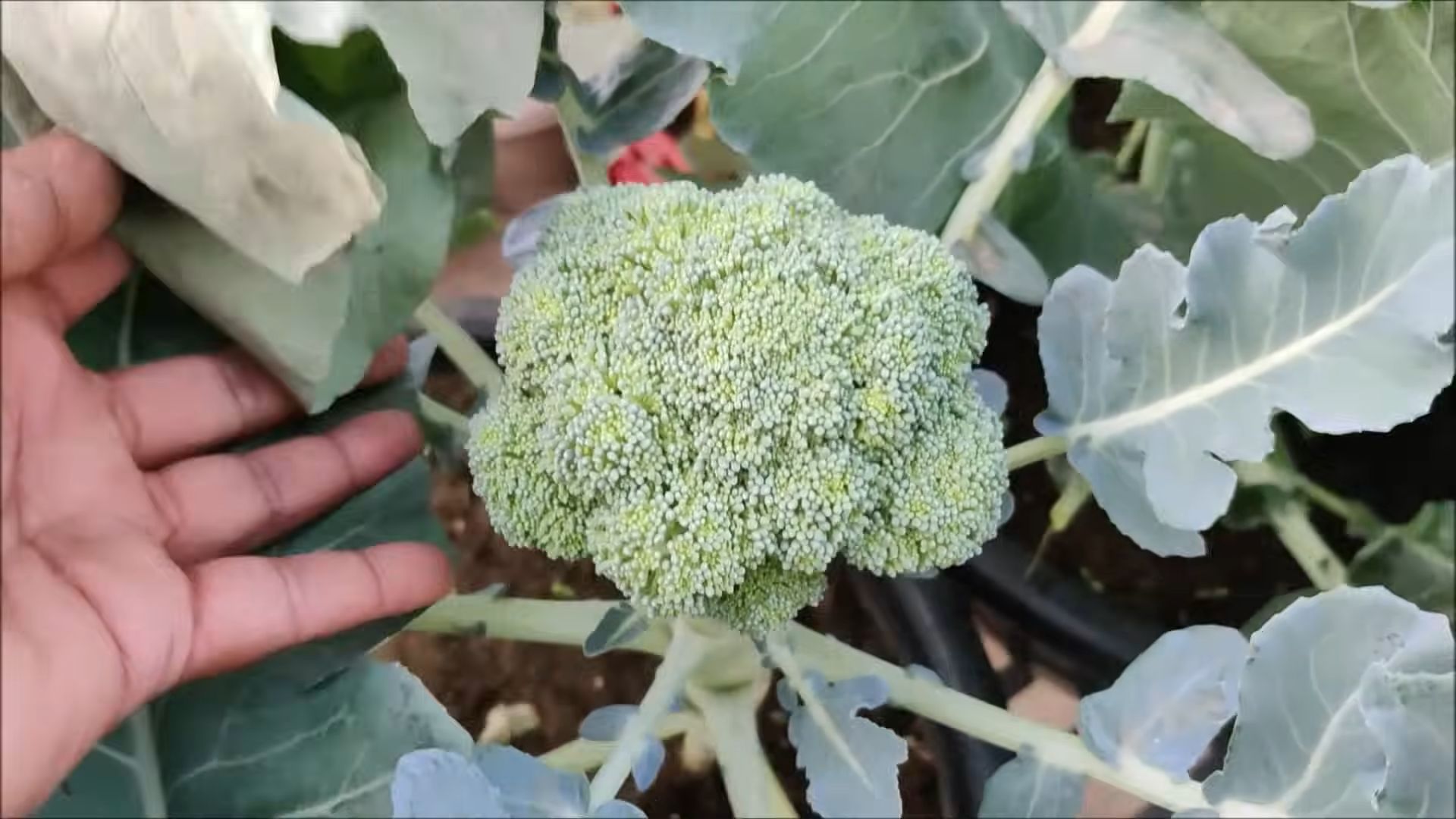
Grow Your Own Broccoli: A Beginner’s Guide
Hey there, fellow gardening enthusiasts! Ever dreamt of plucking fresh, vibrant broccoli florets straight from your backyard? Well, dream no more! Growing your own broccoli is surprisingly rewarding, and with a little know-how, you can enjoy a bountiful harvest of this nutritious veggie. I’m going to walk you through everything you need to know, from seed to table.
Choosing the Right Broccoli Variety
First things first, let’s talk broccoli varieties. There’s more than just the standard green kind you see in the grocery store! Choosing the right variety for your climate and growing season is crucial for success. Here are a few popular options:
* ‘Waltham 29’: A classic, reliable variety that’s known for its good flavor and heat tolerance. It matures in about 75-80 days.
* ‘DiCicco’: This is a great choice for smaller gardens because it produces a main head followed by numerous side shoots, extending your harvest. It matures in about 48 days.
* ‘Calabrese’: A widely grown variety that produces large, dark green heads. It matures in about 68 days.
* ‘Purple Sprouting’: For something a little different, try purple sprouting broccoli. It’s more cold-hardy and produces lots of smaller, purple florets. It matures in about 200 days.
* ‘Romanesco’: If you’re feeling adventurous, give Romanesco broccoli a try! Its unique fractal pattern is as beautiful as it is delicious. It matures in about 75 days.
Consider your local climate and the length of your growing season when making your choice. Check seed packets for specific information on maturity dates and growing conditions.
Starting Broccoli Seeds Indoors (Recommended)
While you *can* direct sow broccoli seeds, I highly recommend starting them indoors, especially if you live in an area with a short growing season. This gives your plants a head start and protects them from early-season pests.
Here’s how to do it:
1. Gather your supplies: You’ll need seed starting trays or small pots, a seed starting mix (not regular potting soil!), broccoli seeds, and a spray bottle.
2. Fill the trays/pots: Moisten the seed starting mix and fill your trays or pots, leaving about half an inch of space at the top.
3. Sow the seeds: Plant 2-3 seeds per cell or pot, about ¼ inch deep.
4. Water gently: Use a spray bottle to gently water the soil. You don’t want to wash the seeds away!
5. Provide warmth and light: Broccoli seeds need warmth to germinate. A heat mat can be helpful, but a warm spot in your house will also work. Once the seedlings emerge, they’ll need plenty of light. A sunny windowsill might work, but a grow light is ideal.
6. Keep the soil moist: Check the soil daily and water as needed to keep it consistently moist, but not soggy.
7. Thin the seedlings: Once the seedlings have their first true leaves (the second set of leaves that appear after the initial seed leaves), thin them to one plant per cell or pot. Snip off the weaker seedlings at the soil line with scissors. Don’t pull them out, as this can disturb the roots of the remaining seedling.
Transplanting Broccoli Seedlings Outdoors
Now comes the exciting part – moving your broccoli seedlings into the garden! This is a crucial step, so pay close attention.
1. Harden off the seedlings: Before transplanting, you need to “harden off” your seedlings. This means gradually exposing them to outdoor conditions over a period of 7-10 days. Start by placing them outside in a sheltered spot for an hour or two each day, gradually increasing the amount of time they spend outdoors. This will help them adjust to the sun, wind, and temperature changes.
2. Prepare the garden bed: Broccoli needs well-drained soil that’s rich in organic matter. Amend your soil with compost or well-rotted manure before planting. Broccoli also prefers a slightly acidic soil pH of 6.0 to 7.0.
3. Choose a sunny location: Broccoli needs at least 6 hours of sunlight per day.
4. Space the plants properly: Space your broccoli plants 18-24 inches apart in rows that are 24-36 inches apart. This gives them enough room to grow and allows for good air circulation.
5. Dig the holes: Dig holes that are slightly larger than the root balls of your seedlings.
6. Transplant carefully: Gently remove the seedlings from their trays or pots and place them in the holes. Make sure the top of the root ball is level with the surrounding soil.
7. Fill in the holes: Fill in the holes with soil and gently firm the soil around the plants.
8. Water thoroughly: Water the newly transplanted seedlings thoroughly.
9. Mulch: Apply a layer of mulch around the plants to help retain moisture, suppress weeds, and regulate soil temperature. Straw, wood chips, or shredded leaves are all good options.
Caring for Your Broccoli Plants
Once your broccoli plants are in the ground, it’s important to provide them with the care they need to thrive.
1. Watering: Broccoli needs consistent moisture, especially during head formation. Water deeply and regularly, especially during dry spells. Aim for about 1-1.5 inches of water per week.
2. Fertilizing: Broccoli is a heavy feeder, so it needs regular fertilization. Apply a balanced fertilizer (like 10-10-10) every 3-4 weeks. You can also side-dress with compost or well-rotted manure.
3. Weeding: Keep the garden bed free of weeds, as they can compete with your broccoli plants for nutrients and water. Hand-pull weeds regularly or use a hoe to cultivate the soil.
4. Pest control: Broccoli is susceptible to several pests, including cabbage worms, aphids, and flea beetles. Inspect your plants regularly for signs of pests and take action promptly.
* Cabbage worms: These green caterpillars can quickly devour broccoli leaves. Handpick them off the plants or use a biological insecticide like Bacillus thuringiensis (Bt).
* Aphids: These tiny insects suck the sap from plants, causing them to weaken and distort. Spray aphids with a strong stream of water or use insecticidal soap.
* Flea beetles: These small, jumping beetles can create tiny holes in broccoli leaves. Cover your plants with row covers to prevent flea beetles from reaching them.
5. Disease prevention: Broccoli can also be affected by diseases like clubroot and black rot. Choose disease-resistant varieties and practice crop rotation to prevent these problems. Ensure good air circulation around the plants.
Harvesting Your Broccoli
The moment you’ve been waiting for! Harvesting your own broccoli is incredibly satisfying.
1. Timing is key: Harvest broccoli when the heads are firm and tight, before the flower buds start to open. The ideal head size will vary depending on the variety, but generally, you want the head to be 4-7 inches in diameter.
2. Use a sharp knife: Cut the main head off the plant with a sharp knife, leaving a few inches of stem.
3. Encourage side shoots: After harvesting the main head, your broccoli plant will often produce side shoots. These smaller florets will continue to develop, providing you with a longer harvest.
4. Store properly: Store freshly harvested broccoli in the refrigerator for up to a week. To keep it fresh, wrap it loosely in a damp paper towel and place it in a plastic bag.
Troubleshooting Common Broccoli Problems
Even with the best care, you might encounter some problems while growing broccoli. Here are a few common issues and how to address them:
* Buttoning: This is when broccoli heads form prematurely and remain small. It’s often caused by stress, such as lack of water or nutrients. Make sure your plants are getting enough water and fertilizer.
* Bolting: This is when broccoli plants start to flower prematurely. It’s usually caused by hot weather. Choose heat-tolerant varieties and provide shade during the hottest part of the day.
* Yellowing leaves: This can be a sign of nutrient deficiency, disease, or pest infestation. Check your plants carefully and take appropriate action.
Enjoying Your Homegrown Broccoli
Congratulations! You’ve successfully grown your own broccoli. Now it’s time to enjoy the fruits (or rather, vegetables) of your labor. Broccoli is incredibly versatile and can be used in a variety of dishes. You can steam it, roast it, stir-fry it, or even eat it raw. Add it to salads, soups, casseroles, or pasta dishes. The possibilities are endless!
Growing your own broccoli is a rewarding experience that allows you to enjoy fresh, healthy vegetables straight from
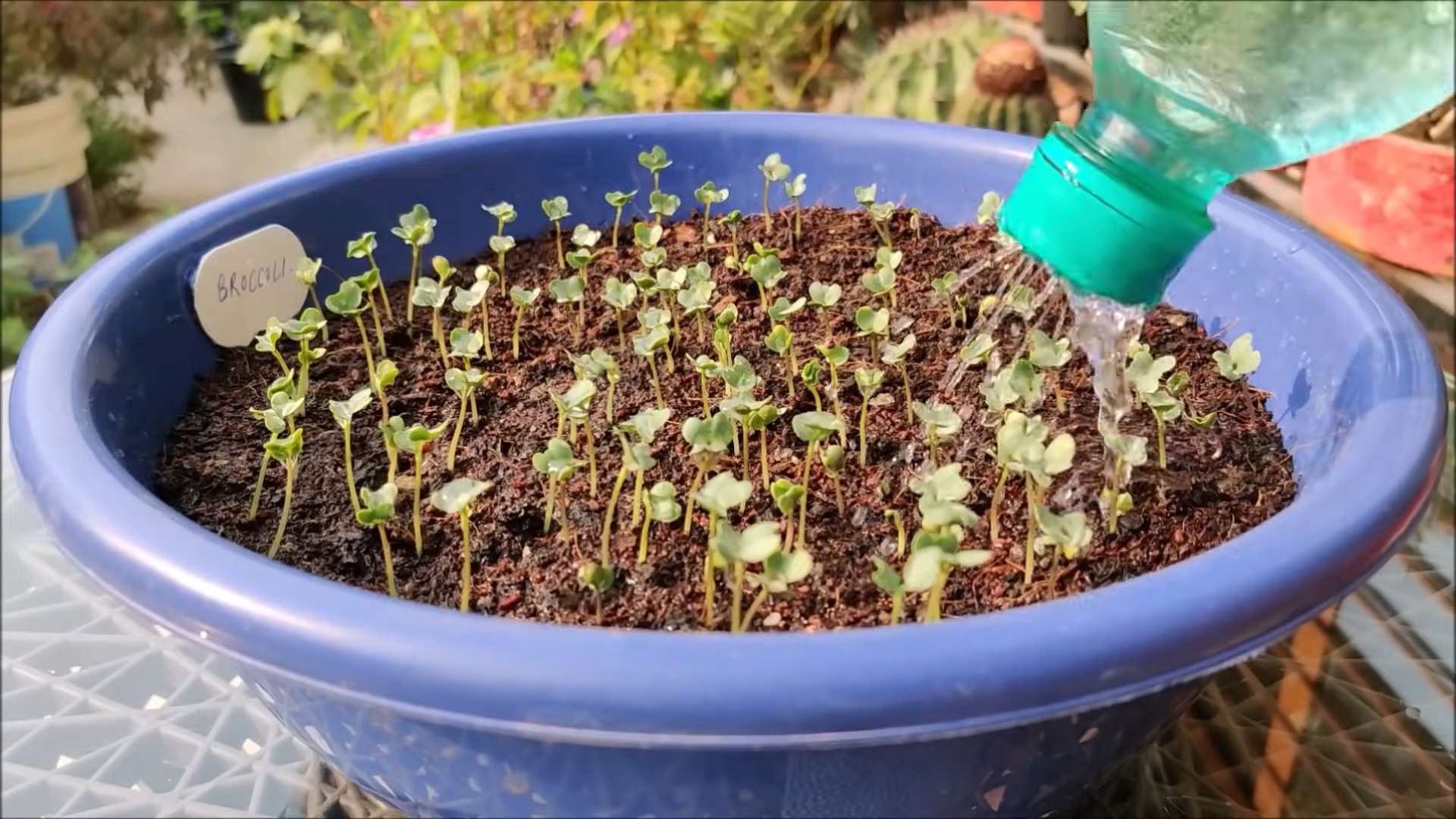
Conclusion
So, there you have it! Growing broccoli at home, while it might seem daunting at first, is an incredibly rewarding experience that puts fresh, nutritious food right at your fingertips. We’ve walked you through the essential steps, from selecting the right variety to warding off common pests, and hopefully, demystified the process along the way.
But why is this DIY trick a must-try? Beyond the sheer satisfaction of nurturing a plant from seed to harvest, growing your own broccoli offers several compelling advantages. First and foremost, you have complete control over what goes into your food. No more worrying about harmful pesticides or herbicides – you can cultivate your broccoli organically, ensuring a clean and healthy meal for you and your family. Secondly, homegrown broccoli tastes significantly better than store-bought varieties. The flavor is fresher, sweeter, and more vibrant, a direct result of harvesting at peak ripeness and minimizing transportation time. Finally, it’s a fantastic way to connect with nature, learn about the growing cycle, and even save money in the long run.
Looking for variations? Absolutely! Consider experimenting with different broccoli varieties. ‘DiCicco’ is a reliable heirloom choice, while ‘Romanesco’ offers a stunning visual appeal with its fractal florets. For smaller spaces, try growing dwarf varieties like ‘Sprout.’ You can also explore companion planting to enhance your broccoli’s growth and deter pests. Marigolds, for example, are known to repel aphids, while dill attracts beneficial insects. Another fun variation is succession planting. By planting new seeds every few weeks, you can enjoy a continuous harvest of broccoli throughout the growing season. You can also try growing broccoli in containers if you have limited garden space. Just make sure to choose a large container with good drainage.
We’ve covered a lot of ground, but the best way to truly understand the magic of growing broccoli at home is to simply dive in and try it yourself. Don’t be afraid to experiment, learn from your mistakes, and adapt your approach based on your local climate and growing conditions. The journey is just as rewarding as the destination.
We are confident that with a little patience and care, you’ll be harvesting your own delicious, homegrown broccoli in no time. So, grab your seeds, prepare your soil, and get ready to embark on this exciting gardening adventure.
We encourage you to share your experiences with us! Let us know how your broccoli growing journey is going. Share your tips, tricks, and even your failures – we’re all in this together. Post pictures of your thriving broccoli plants or your delicious broccoli recipes on social media using #HomegrownBroccoli. We can’t wait to see what you create!
Frequently Asked Questions (FAQ)
What is the best time of year to plant broccoli?
The best time to plant broccoli depends on your climate. In cooler climates with mild summers, you can plant broccoli in early spring for a summer harvest and again in late summer for a fall harvest. In warmer climates with hot summers, it’s best to plant broccoli in late summer or early fall for a winter or early spring harvest. Broccoli prefers cooler temperatures and can bolt (go to seed) in hot weather. Check your local frost dates to determine the best planting times for your region. Generally, you want to start seeds indoors 6-8 weeks before the last expected frost in spring or 10-12 weeks before the first expected frost in fall.
How much sunlight does broccoli need?
Broccoli needs at least 6 hours of direct sunlight per day to thrive. Choose a sunny location in your garden where your broccoli plants will receive ample sunlight. If you’re growing broccoli in containers, make sure to place them in a sunny spot. If you live in a particularly hot climate, some afternoon shade can be beneficial to prevent the plants from overheating. Insufficient sunlight can lead to leggy plants with small heads.
What kind of soil is best for growing broccoli?
Broccoli prefers well-drained, fertile soil that is rich in organic matter. The ideal soil pH is between 6.0 and 7.0. Before planting, amend your soil with compost or well-rotted manure to improve its fertility and drainage. You can also add a slow-release fertilizer to provide your broccoli plants with the nutrients they need. Avoid planting broccoli in heavy clay soil, as this can lead to root rot. If you have clay soil, amend it with plenty of organic matter to improve its drainage.
How often should I water my broccoli plants?
Broccoli plants need consistent moisture to thrive. Water your broccoli plants deeply whenever the top inch of soil feels dry to the touch. Avoid overwatering, as this can lead to root rot. During hot, dry weather, you may need to water your broccoli plants more frequently. Mulching around your broccoli plants can help to retain moisture in the soil and reduce the need for frequent watering.
What are some common pests and diseases that affect broccoli?
Broccoli is susceptible to several pests and diseases, including aphids, cabbage worms, cabbage loopers, flea beetles, and clubroot. To prevent pest infestations, inspect your broccoli plants regularly and remove any pests you find. You can also use insecticidal soap or neem oil to control pests. To prevent diseases, choose disease-resistant varieties of broccoli and practice crop rotation. Avoid planting broccoli in the same location year after year, as this can lead to a buildup of soilborne diseases. Ensure good air circulation around your plants to prevent fungal diseases.
How do I know when my broccoli is ready to harvest?
Broccoli is ready to harvest when the heads are firm and the florets are tightly closed. The ideal head size will vary depending on the variety, but generally, you should harvest the head when it reaches about 6-8 inches in diameter. Use a sharp knife to cut the head from the plant, leaving a few inches of stem attached. After you harvest the main head, the plant may produce smaller side shoots that you can also harvest.
Can I grow broccoli in containers?
Yes, you can grow broccoli in containers, but you’ll need to choose a large container that is at least 12 inches in diameter and 12 inches deep. Use a well-draining potting mix and make sure the container has drainage holes. Water your broccoli plants regularly and fertilize them every few weeks. Place the container in a sunny location where it will receive at least 6 hours of direct sunlight per day.
What can I do if my broccoli plant bolts (goes to seed)?
Bolting is when a plant prematurely flowers and goes to seed. This can happen if the plant is stressed by hot weather, lack of water, or poor soil. Once a broccoli plant bolts, the head will become loose and bitter. Unfortunately, there’s not much you can do to reverse bolting. You can try to harvest the head as soon as possible, but it may not taste very good. To prevent bolting, choose heat-tolerant varieties of broccoli, water your plants regularly, and provide them with adequate nutrients. Mulching around your plants can also help to keep the soil cool and prevent bolting.
Is homegrown broccoli more nutritious than store-bought broccoli?
Homegrown broccoli can be more nutritious than store-bought broccoli because it is harvested at peak ripeness and consumed shortly after harvesting. Store-bought broccoli, on the other hand, may have been harvested several days or even weeks before it reaches the grocery store. During that time, it can lose some of its nutrients. Growing your own broccoli also allows you to control the growing conditions and avoid the use of harmful pesticides and herbicides, which can further enhance its nutritional value.

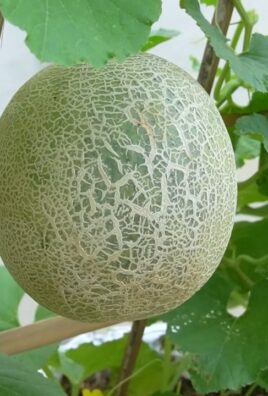
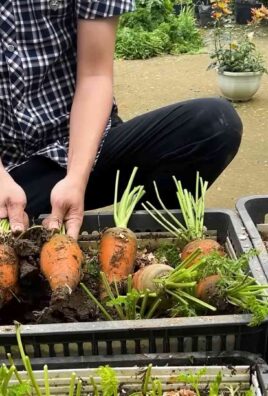
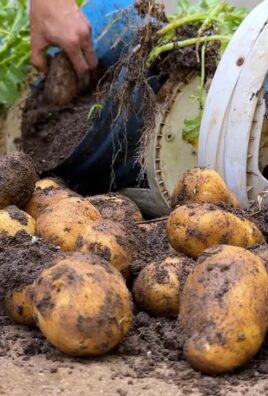
Leave a Comment